Authored by Jordi Palau, an expert in protected areas and game reserve management in northern Spain, “Rewilding Iberia” has just been published by Lynx Edicions. Supported by a small donation from Rewilding Europe, the aim of the book is to take rewilding forwards in Spain and promote its application across the northern Mediterranean region. We caught up with Jordi to learn more.
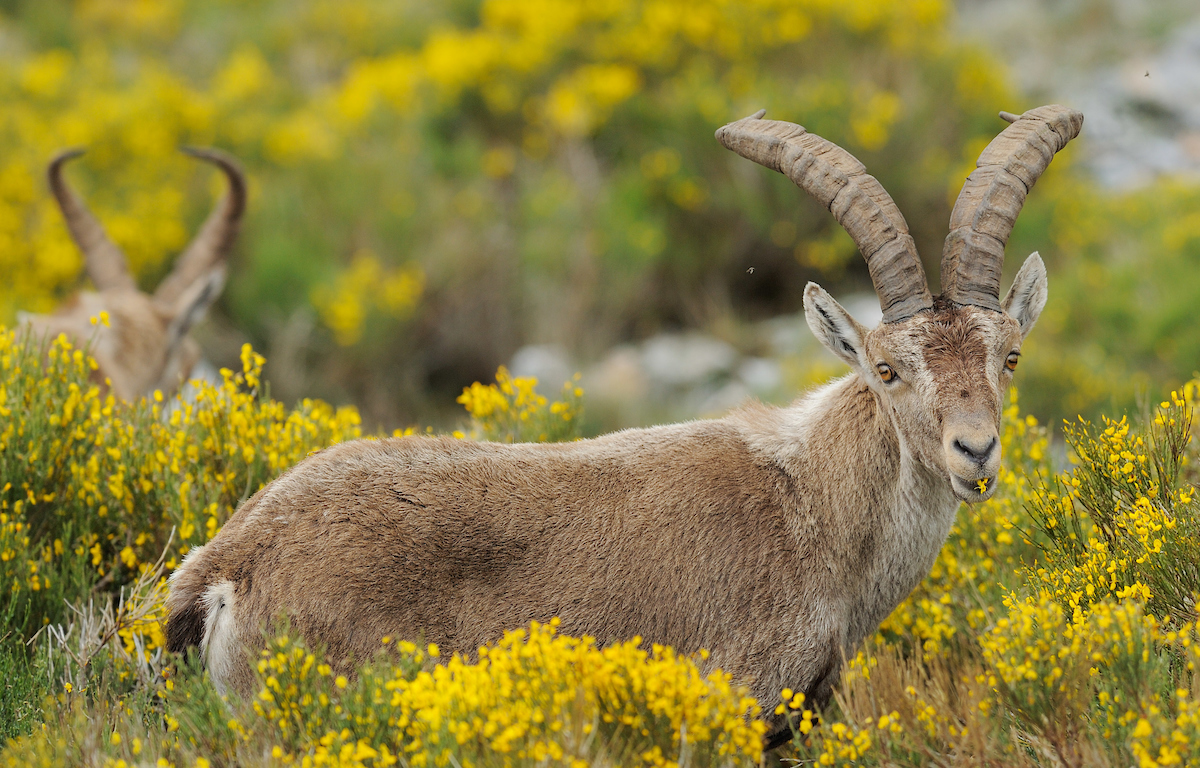
Is there much potential for rewilding in Spain?
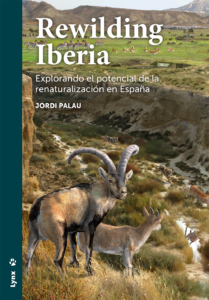
The short answer is yes. However, as the book outlines, rewilding is not possible everywhere, so it is important to think about which factors make an area more or less suitable for such an approach. At present, there are a number of challenges facing those who want to rewild in Spain. The main barriers for rewilding are mental ones – not many people fully understand rewilding and the benefits that it can offer. At the moment this means hardly anyone is calling for such an approach. So the first step in taking rewilding forwards is to raise awareness and understanding of rewilding and how it benefits both nature and people. Hence this book!
Are any factors or trends particularly influential when it comes to wildlife comeback and rewilding in Spain?
The recovery of forested areas and better wildlife species protection are having a positive impact on wildlife comeback. In addition, the worrying trend in rural depopulation, which has affected many parts of Spain and seen the desertion of the countryside by large numbers of young people, is particularly relevant. The latter has seen extensive areas of land abandoned and public services weakened, creating huge socio-economic challenges. But it also provides new opportunities to rewild land and benefit local communities through the development of nature-based economies.
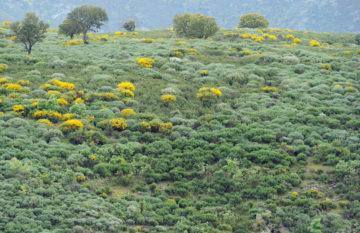
We should remember that rewilding is not just about letting the abandonment of land run its course. In many cases, we need to actively recover natural processes that have been lost or weakened. In many areas of Spain where livestock have disappeared as a result of such depopulation, the decline in grazing has seen the land covered in monotonous scrub – this is not only low in biodiversity but also highly prone to wildfire. There is huge potential to recover large herbivore populations, with free-roaming grazers such as wild horses and bovines helping to create and maintain biodiversity-rich, wildfire-resilient mosaic landscapes. Such reintroductions have been carried out already in Spain but on a very limited scale.
Are any areas of Spain particularly suitable for rewilding?
In the book, I propose a qualitative index to compare the suitability of different areas for rewilding, involving different factors such as population density, conservation status, economic structure, property size, landscape fragmentation, people’s expectations and so on.
Applying this index reveals the main landscape types that could potentially host rewilding core areas. These include state-owned properties (especially those devoted to conservation, such as national parks), military ranges, large private estates, and large areas owned by municipalities or other local entities. The latter could be viable if located in areas with very low use of natural resources (usually because of rural depopulation or a high level of protection) and a poorly developed local economy, where rewilding is viewed as a way of providing new opportunities for residents.
What benefits can rewilding offer the people of Spain?
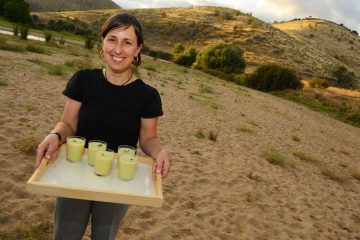
In the book, I outline what I believe are the six main arguments for rewilding – four of these directly relate to people and how they can benefit from enhanced wild nature.
Working with nature can – in a timely and cost-effective way – protect us from flooding and coastal erosion, draw down carbon from the atmosphere to mitigate climate change, stabilise crops, minimise the threat of wildfire, secure drinking water supplies, ensure human health, happiness and wellbeing, and drive economic growth. Rewilding areas can also become great natural research grounds where we can study and understand how our ecosystems work and recover themselves in the absence of intensive land use.
How can rewilding be realised on a practical level in Spain?
The first step is to assess the suitability of the land, the interests and desires of local communities, and the potential opportunities for rewilding. It is important to note that most of the areas that could become rewilding core zones in Spain are unlikely to be of the minimum size (20,000-100,000 ha) necessary for some natural processes to fully recover and operate as drivers of ecosystems.
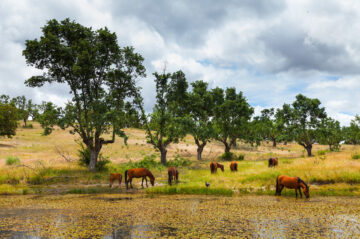
For this reason, I propose a regional approach based on the design of what I term “bioregional rewilding areas”, defined as large land mosaics consisting of several rewilding core areas, located in the most suitable places, and the matrix around them, where land uses compatible with rewilding (such as forestry and extensive grazing) would be allowed. In the long term, successful rewilding initiatives should be based on building such large conservation complexes. Rewilding Europe’s Greater Côa Valley rewilding area in northern Portugal is a good example in this regard.
Local and regional administrations will need to recognise the rewilding approach in legislation, develop incentives for conservation as a specific land use, and remove obstacles to rewilding in the most favourable areas. Civil society and NGOs, in turn, can promote land stewardship initiatives that serve as pilot projects, work to make rewilding “fashionable” for big landowners, and raise social awareness and understanding. Last but not least, the realisation of rewilding at landscape-scale will require the establishment of public-private partnerships in which different public and private entities – especially local communities and entrepreneurs – work together to achieve a shared vision.
Are you optimistic about the future of rewilding in Spain?
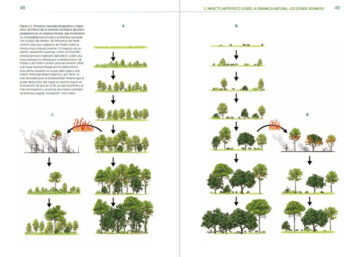
Absolutely, yes. Not to replace conventional conservation but as a complementary approach. The Spanish countryside is large enough and biodiverse enough to support and demand different strategies and solutions to the challenge of rural depopulation. In suitable areas, the protection and enhancement of wild nature through rewilding could be one of those strategies. If rewilding is better explained and understood – especially in terms of how it can benefit people – it definitely has a promising future in Spain.
I hope that this book will help to explain what rewilding could be in Spain. I hope that it will correct some popular misconceptions, and enable people to better understand the need for an ecosystem approach – based on the role of natural processes – when managing land for conservation purposes in the Mediterranean area.
What is the target audience for your book, and where can people buy it?
Mainly people interested in nature management, conservation and rural development. For example, conservation professionals, scientists, protected area managers, people interested in rural development, and nature lovers in general. The best place to buy it is the Lynx Edicions website.
